Transitional kitchen ideas – 10 ways to embrace the most popular kitchen style of them all
Blend traditional with modern for a truly personalized take on transitional kitchen design
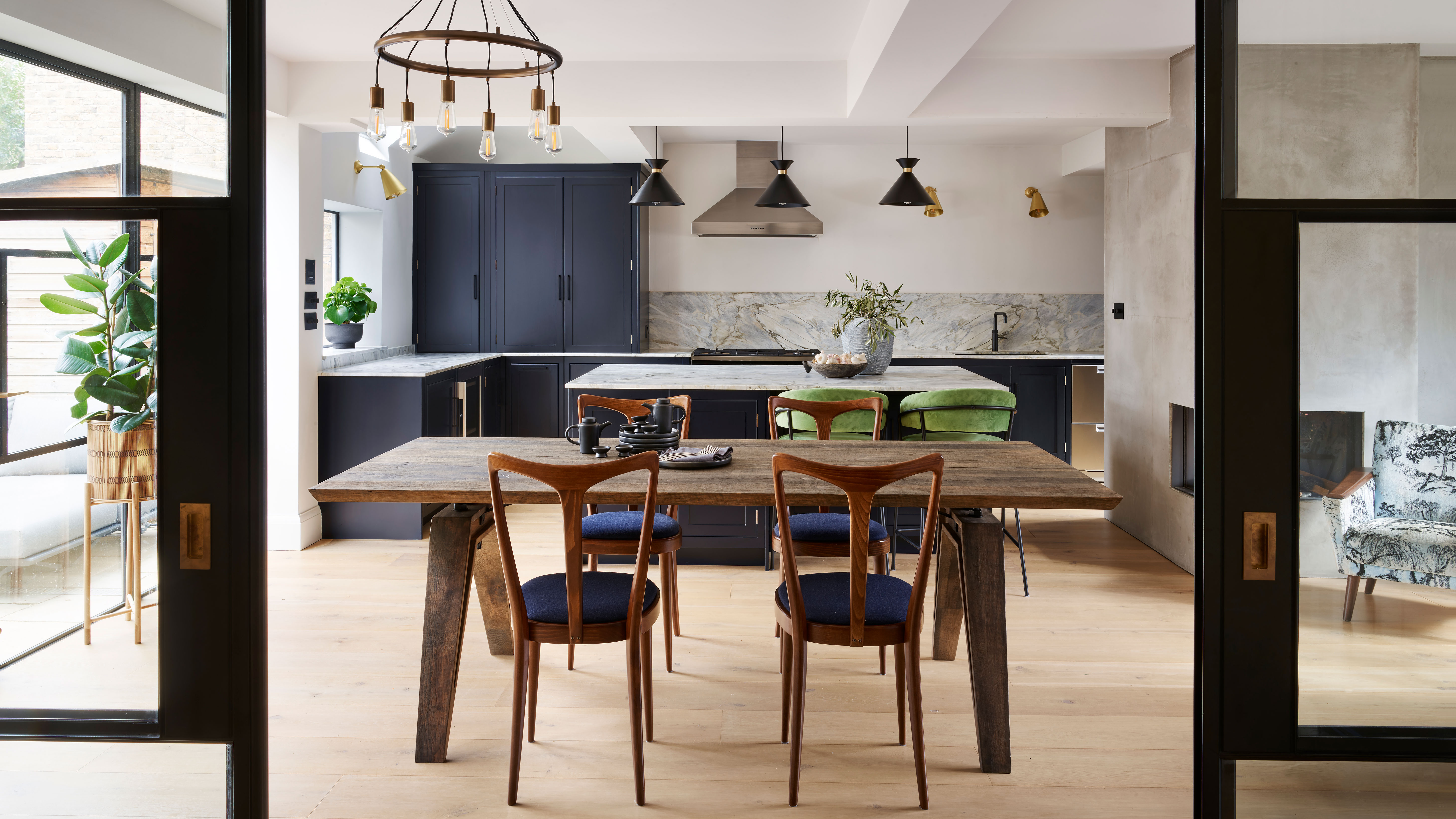

What are transitional kitchens ideas, you ask? The transitional kitchen is a unique blend of traditional and contemporary furniture, finishes, materials and fabric – all of which equate to a classic, timeless design. This hugely popular aesthetic is ideal for those of us who revere an enduring look – and those who want to remodel once, and once only.
Read on to discover how to emulate the coveted transitional kitchen style in your home – for an everlasting appearance you will love for years to come.
See: Kitchen ideas – decor and decorating ideas for all kitchens
Transitional kitchen ideas
Here's how to create a transitional kitchen that you will love for years to come.
1. Adopt a neutral color scheme throughout
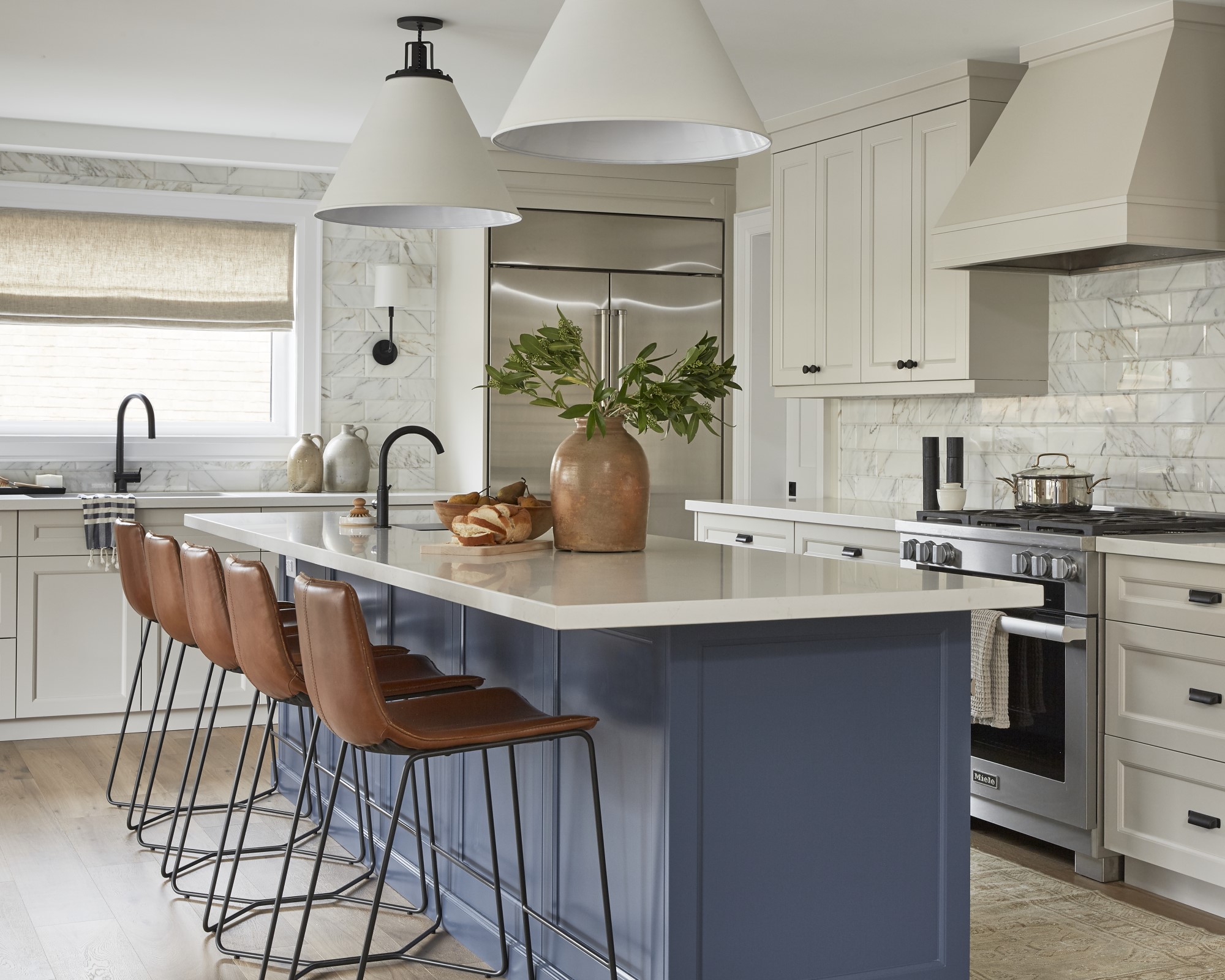
Kitchens are rife with color opportunities. Fresh neutral shades are a far cry from ‘boring beige’ and will bring a sophisticated, low-key look to a new kitchen.
For many years we were in love with all shades of peach, cream and magnolia, and those color choices bore the brunt of many a painter and decorators’ jokes. The tide has turned now though, and those creamy neutrals have been brought up to date with a new, sophisticated grey and coffee palette.
These neutrals, which encompass a million shades of grey, oyster, café au lait and green-greys, are easy on the eye and are a very good choice for home-owners who want gentle color, rather than strong shades and brave choices.
See: Small kitchen ideas – designs for compact kitchens
2. Opt for simple, Shaker kitchen cabinets
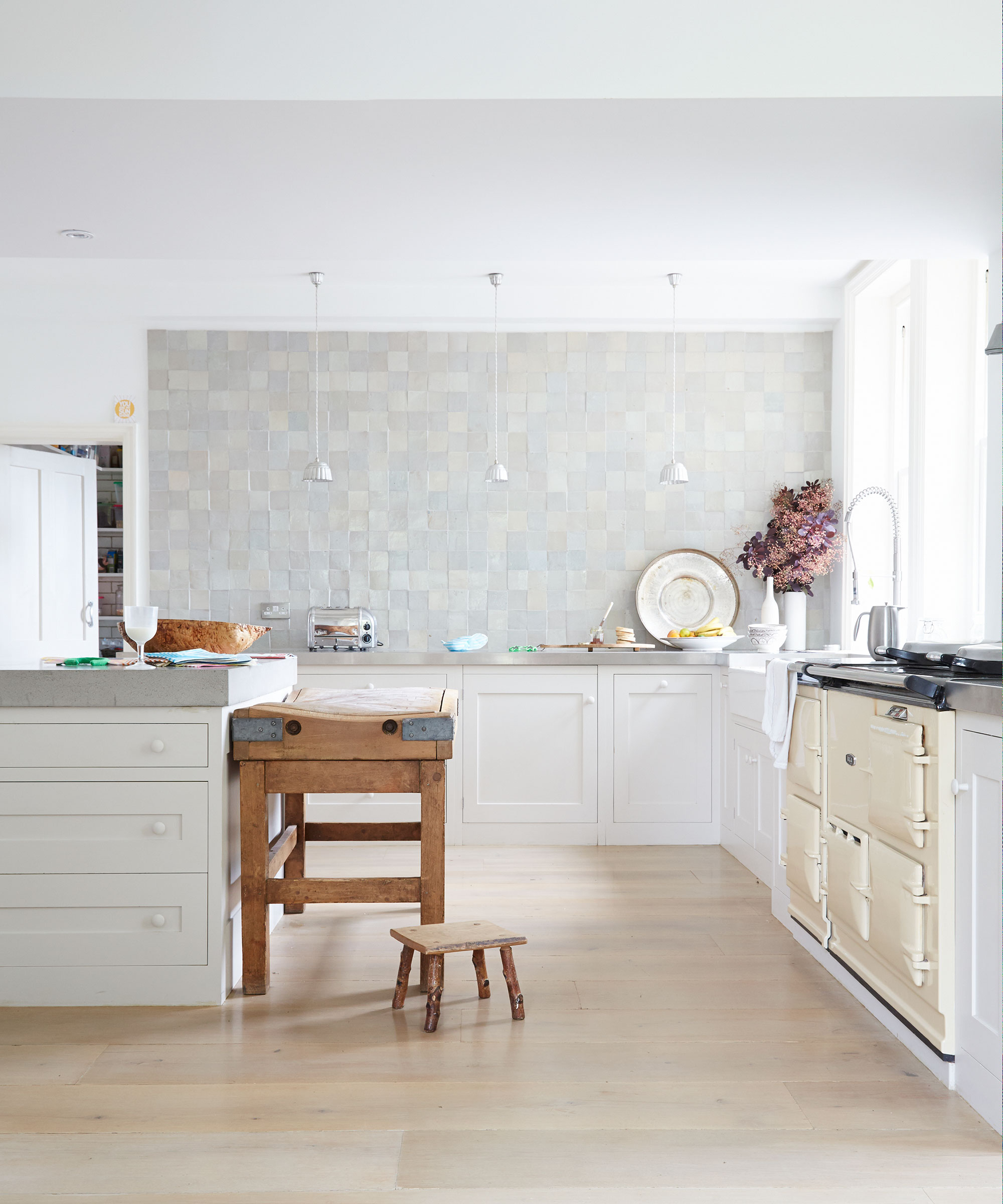
Simple yet striking, this look is timeless. So where does Shaker style come from? The routes of this popular design stem from the 18th-century US religious movement of the same name. They believed in simplicity and function without embellishment or decorative features, and they structured their homes as such.
Today, these beginnings have been built on – and Shaker design does offer variety in terms of color and finishing touches but the basics have stayed the same – stick to these and you will achieve the look with ease.
Wood is the dominant material in Shaker kitchens but be careful not to tip the scale to ‘vintage’ or ‘country’ style. Choose a simple design with square doors with an inset panel and, if you have it painted, go for a matte finish. Any furniture should follow these lines too – spindle-back wooden chairs and a simple square or round table are what you’re looking for.
3. Work with wood
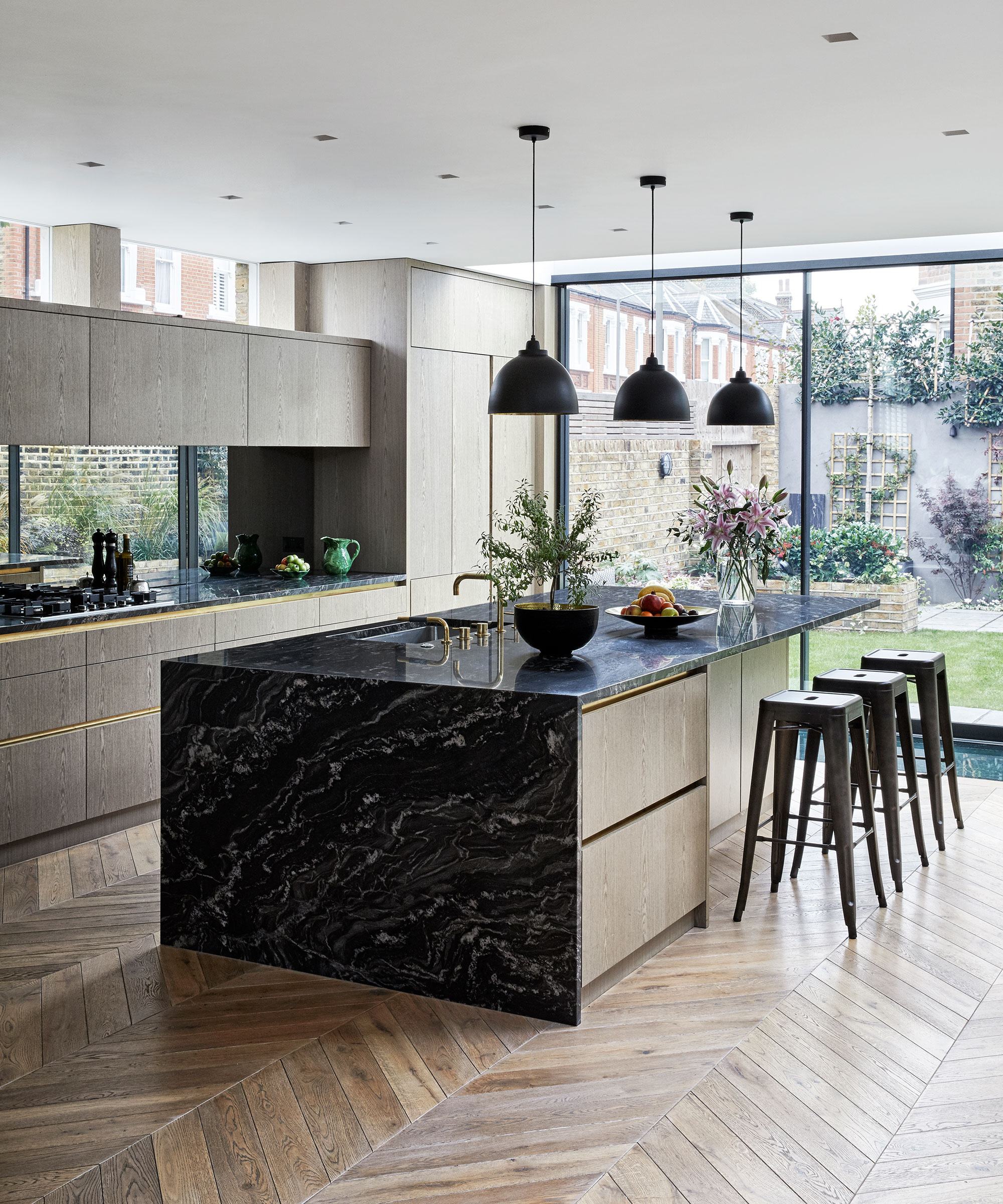
Pick a timeless timber kitchen that’s effortlessly stylish and built to withstand everyday family life. After all, the true transitional kitchen is all about longevity.
Simple, classic yet with plenty of character, wooden kitchens never go out of style, making them a great investment for your home. While traditional designs might be just the ticket for a country kitchen, Shaker-style doors are the most versatile option and look as good with modern accessories as they do with retro pieces. Whether you opt for a natural timber finish or combine with color, most can be easily given a new lease of life with a thorough oiling, honeyed stain or a lick of paint when you fancy a change.
Help your budget to go a bit further with a blend of solid oak doors and simple pale gloss, combined with contrasting worktops and a mix of modern knobs and handles.
See: Modern kitchen ideas – contemporary designs for cooking and entertaining
4. Keep decoration to a minimum
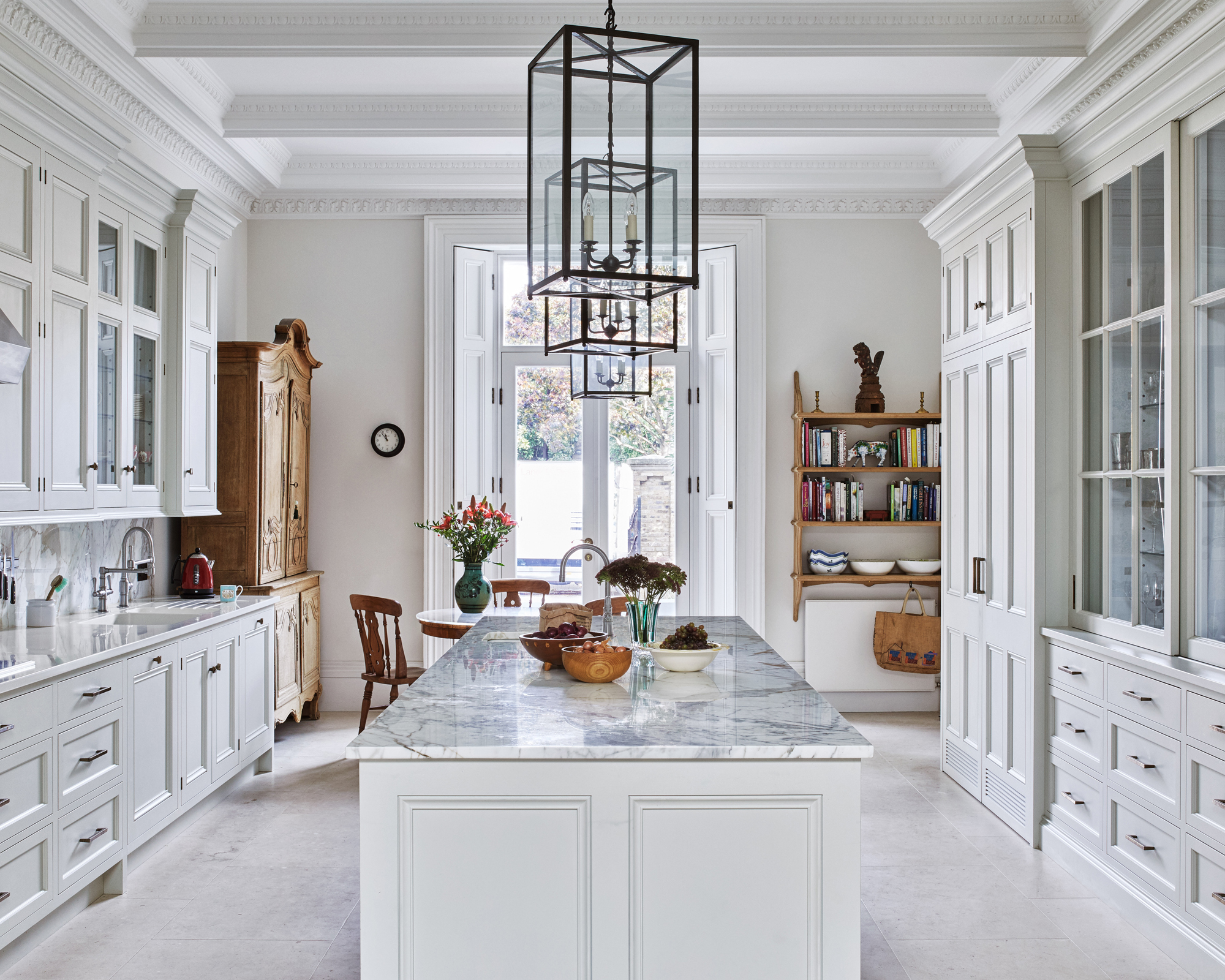
A classic or traditionally styled kitchen is almost the ‘default setting’ for many kitchen designers, and choosing a kitchen that is inspired by the proportions of classic furniture designs is a solution that will work with most styles of architecture.
If you prefer the softer, more friendly looks and feel of natural timber finishes and matt or satin paint colors, rather than harsh glossy lacquers, a transitional kitchen will fit the bill.
Doors and drawers are generally panelled, and the mix of real wood with painted finishes work beautifully to re-create the look of a real old-fashioned, classic kitchen. Keep decoration and extravagant details to a minimum – and opt for clean, practical lines that put focus on functionality over style.
See: Traditional kitchen ideas – classic looks for cabinets, countertops and more
5. Choose a practical lighting scheme
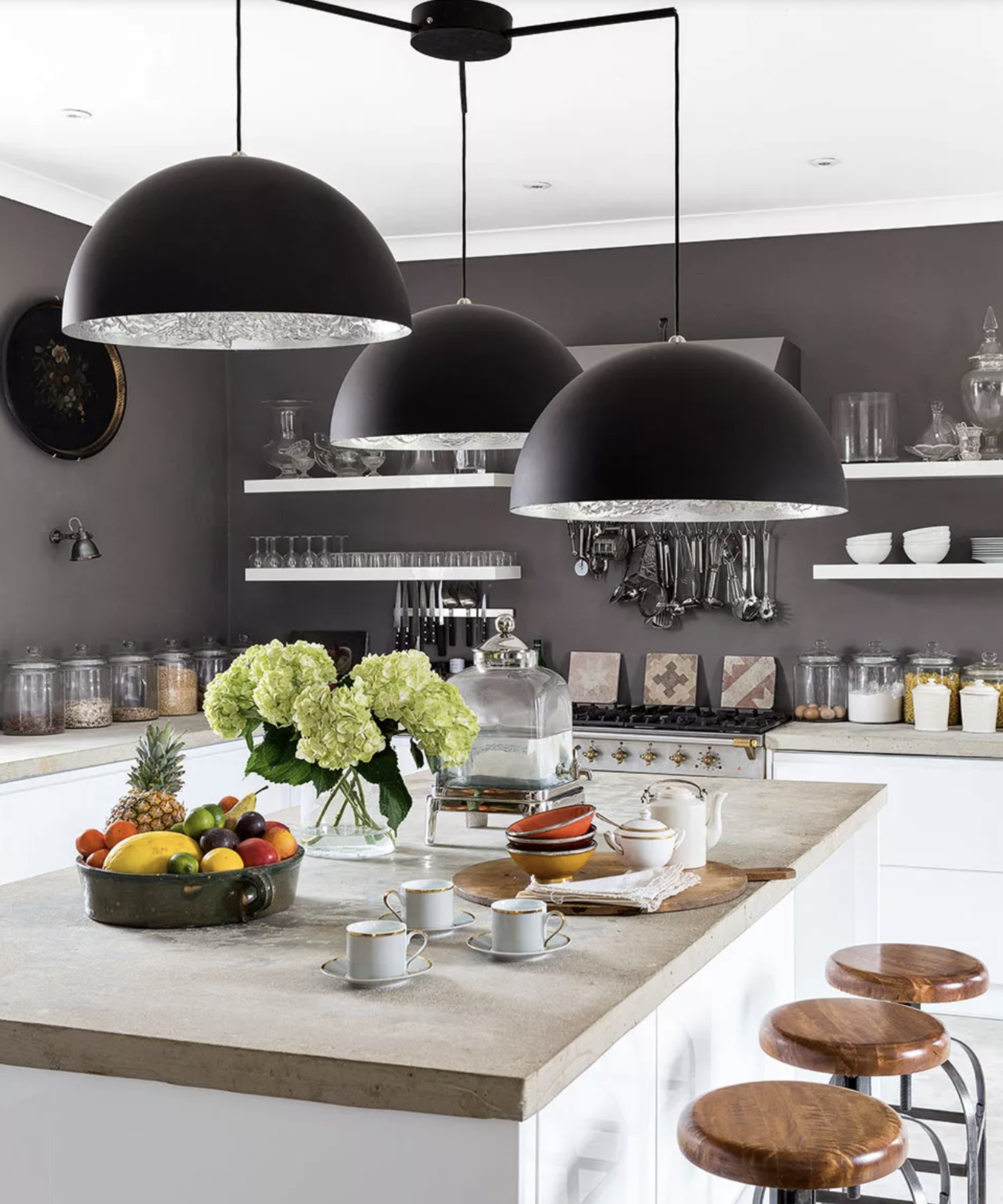
The kitchen’s primary function may still be cooking, but it increasingly serves as one of the main entertaining spaces in the home. The right lighting can deliver several levels of brightness, make a space feel larger and dramatically alter the mood and feel of a room. But where lighting has become somewhat fussy and unconventional in the latest contemporary schemes – the transitional kitchen style is all about harking back to what we know works best.
A good kitchen lighting system in a transitional kitchens needs at least two elements: bright, shadow-free, task light for safe cooking and preparation, and atmospheric illumination to create mood, highlight architectural features and make the room feel homely.
‘Look at the areas of your kitchen and think about the activities that will happen in each space,’ advises interior designer, Sarah Ward. ‘Some spaces, such as food preparation zones, the kitchen sink and above the hob, will require task lighting, while others, such as the dining area, call for mood and accent lighting.'
A series of beautiful pendant lights or a fabulous single statement piece above a dining table will help differentiate the dining space from the kitchen’s work zones. Styles range from old-school, industrial shapes in shiny, on-trend copper to striking ceramics in translucent hues. ‘Hang pendants low over the table for a feeling of intimacy,’ advises Peter Bowles, managing director of Original BTC and Davey Lighting.
6. Take it to the floor – with planks
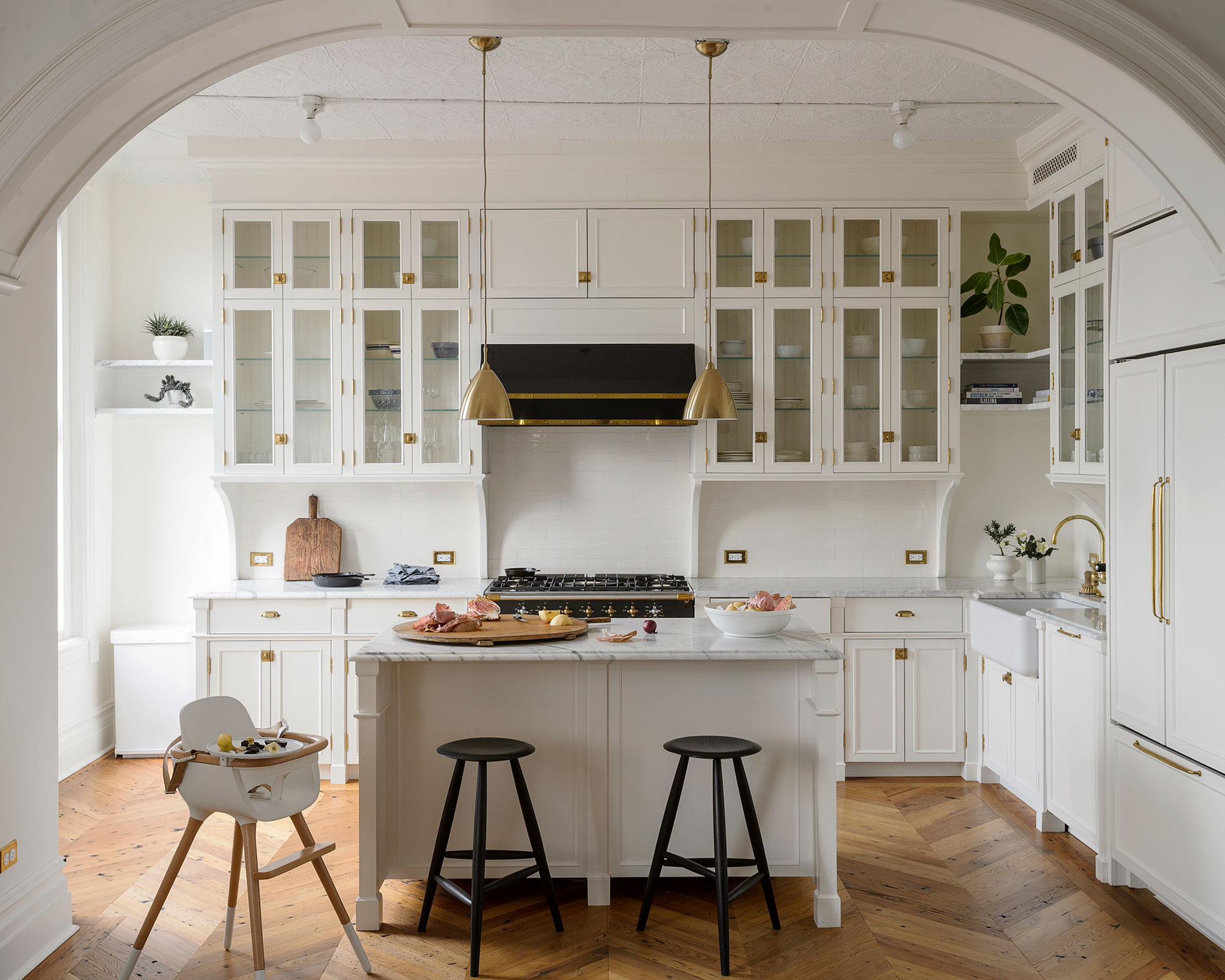
The floor of your kitchen is likely to be one of the largest surface areas in the room, so its selection deserves careful thought. It needs to perform on many levels – durability, safety and ease of cleaning – and it must look great, too, so give it as much consideration as your cabinetry.
Wood remains an enduring choice for interiors and is the ideal flooring to bring warmth and character to the kitchen. Solid wood looks beautiful and is wonderfully versatile – rustic or reclaimed boards look fabulous in a transitional kitchen. With regular correct maintenance, it’s a floor that will last for years.
If budget constraints exists, laminate flooring is a great alternative. Supplied in planks that fit together for easy installation, laminate is a good-looking alternative to wood if you’re on a budget. Make sure you choose a laminate that is suitable for kitchen use as some are not suitable in damp environments.
See: Country kitchen ideas – get the rustic look with our ultimate inspiration gallery
7. Invest in a quartz (or marble) work surface
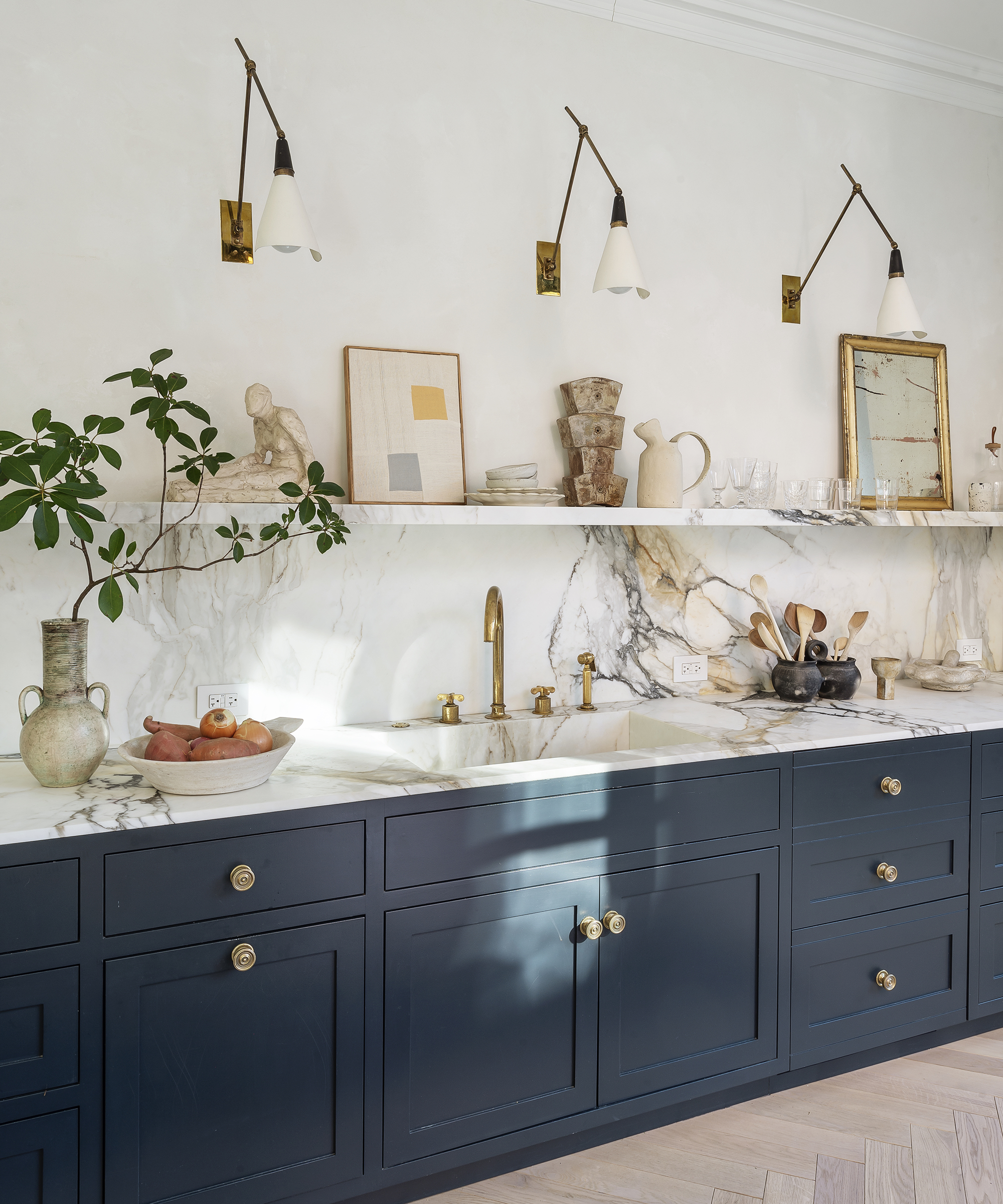
Practical, durable and stylish, quartz is a strong contender if you’re seeking a low-stress countertop. Quartz is considered more durable, heat resistant and easier to maintain than natural stone. The surface never needs to be resealed, and it won’t chip or stain easily. It is also completely non-porous, making it a hygienic choice, and some manufacturers offer an antibacterial surface treatment.
One of the main benefits of quartz is that it comes in a wide variety of colors and patterns. Unlike natural stone, you can also be sure that what you see in the showroom is exactly what you’ll get.
See: Kitchen countertop ideas – worktop inspiration in marble, granite and composite materials
8. Maximize natural light in a transitional kitchen
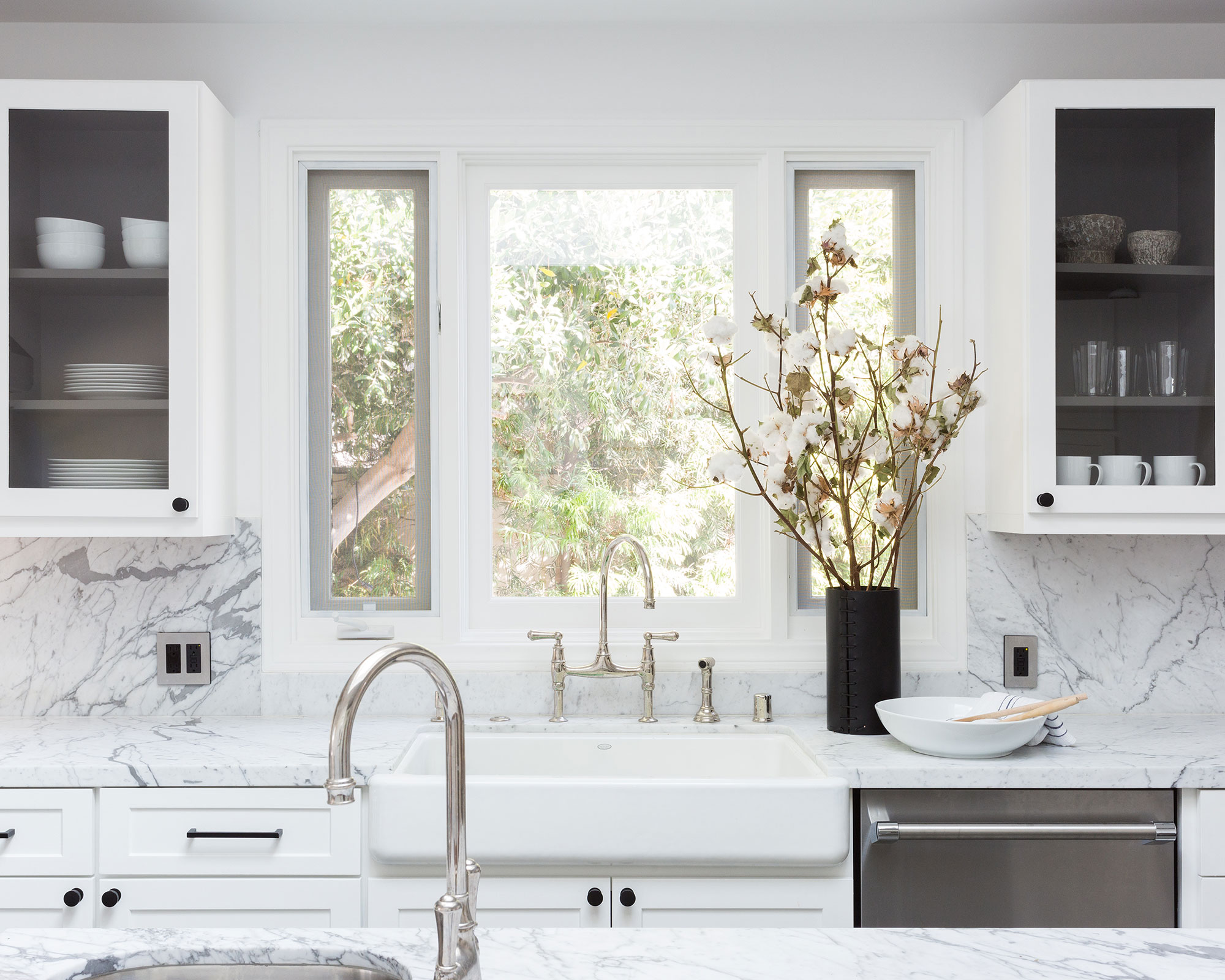
Light is a precious commodity when it comes to creating a comfortable kitchen. A well-lit kitchen negates the need for excessive artificial lighting, while adding to a sense of well-being. But if your kitchen isn’t naturally filled with light, there are still plenty of ways to harness its effects.
Windows are often the stars of the show in a transitional kitchen, and many of them are unadorned. If your windows need attention, consider employing a professional to restore or replace them. Dated uPVC windows can be replaced with a more sympathetic style, or try restoring original period windows to their former glory with the help of specialists. Where privacy is not an issue, leave them without any dressing at all.
Alternatively, simple wooden flooring, or a natural stone such as travertine for kitchens will immediately lift a scheme, as do natural weaves like light hessian and sisal. Try painting kitchen walls in whites or off-whites, while combining textures such as linen, hessian, cotton and velvet in soft furnishings will add brightness and depth.
9. Introduce texture underfoot with a runner
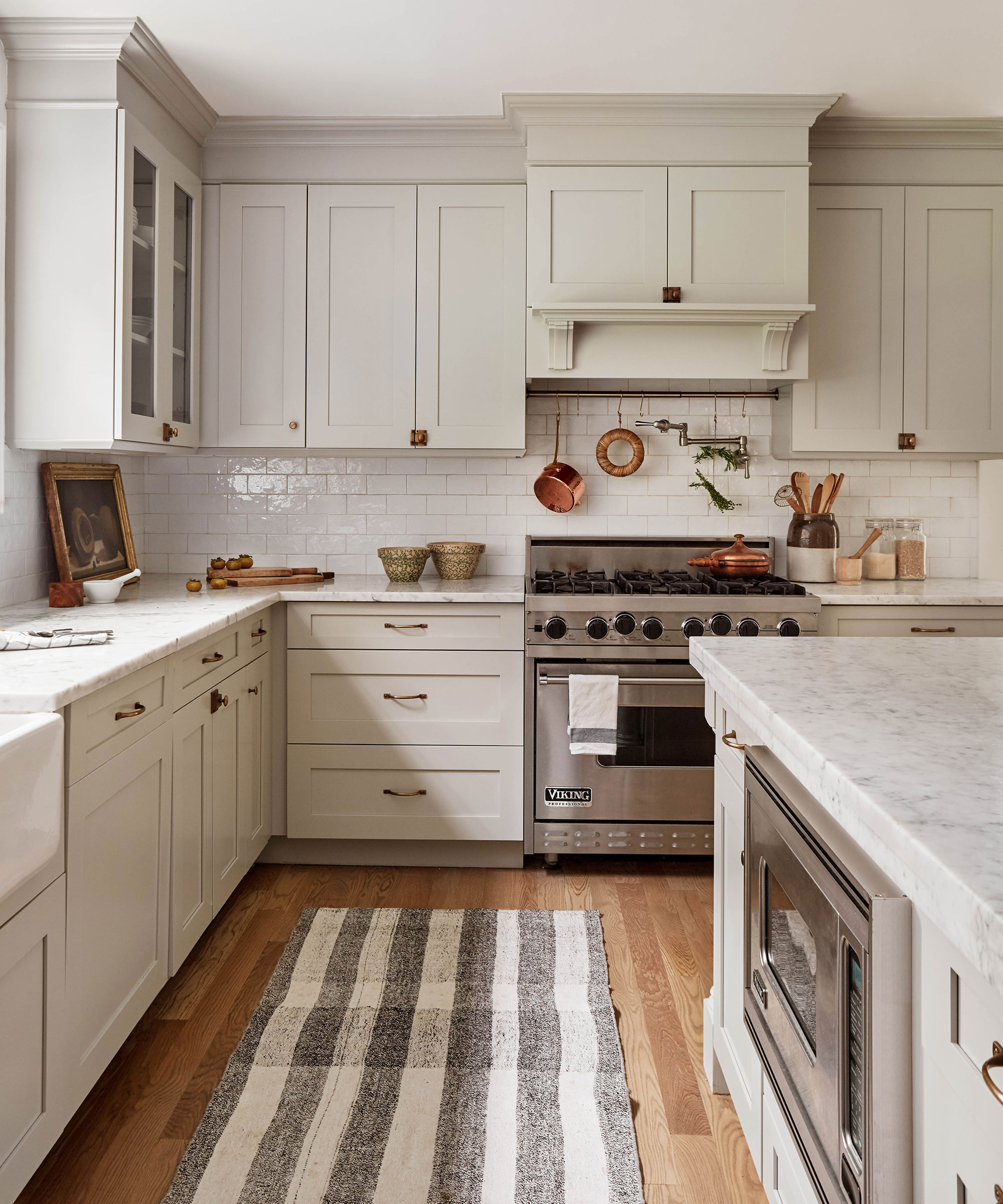
Accessorize and liven up your space by making a statement underfoot. Usually sited in halls – or, on the stairs – runners have since made their way into a transitional kitchen.
A statement rug has to have presence, whether it adds a jolt of color, an eye-catching pattern or interesting texture, it should stand out against the other elements in the room.
10. Embrace the resurgence of brass
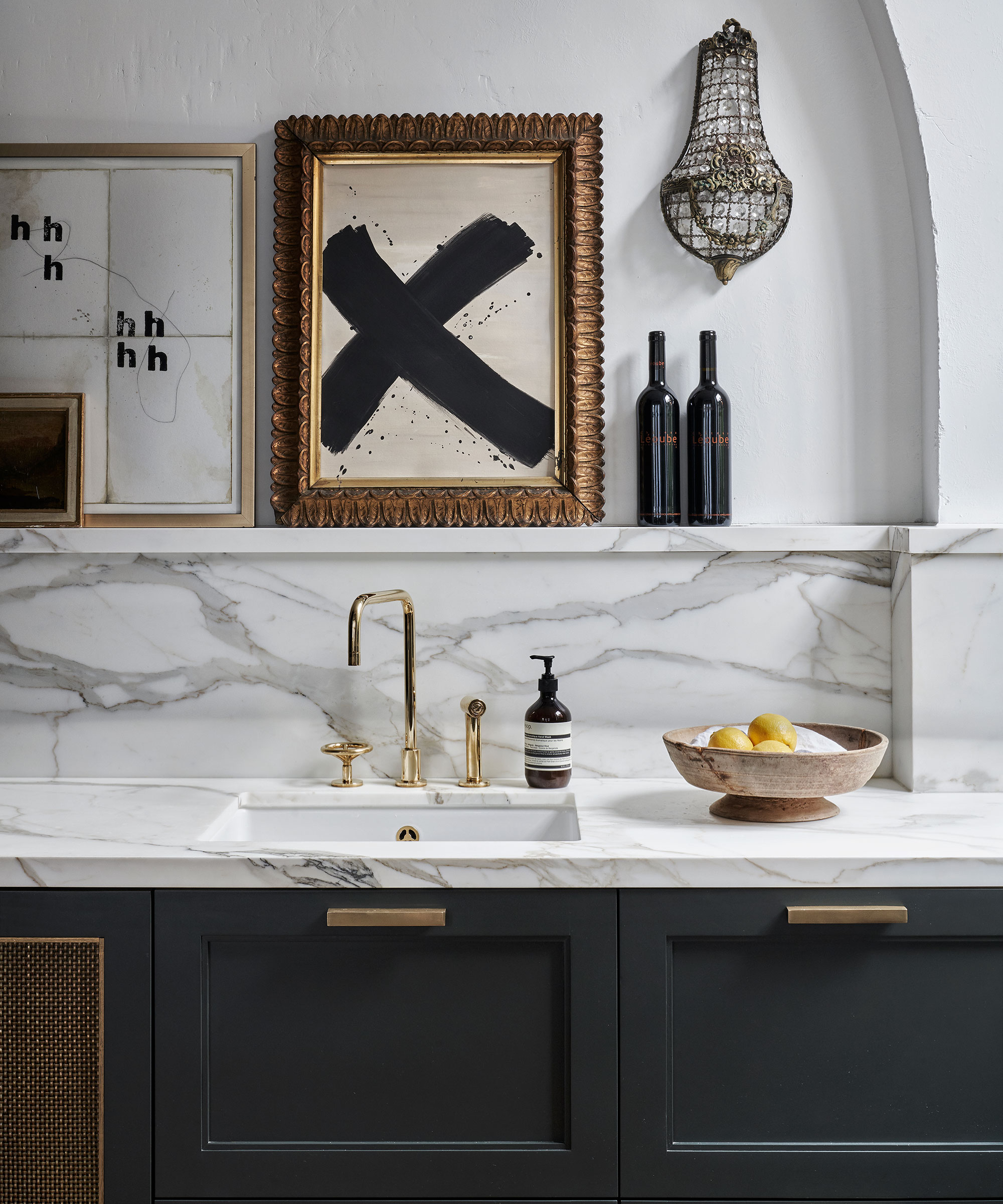
Take OTT opulence down a notch with raw finishes for a low-key, rustic-luxe look.
Shining brightly, the resurgence of brass in design has been a growing trend in recent times. With warm, tactile qualities, this gleaming metallic lends a polished edge to any interior. It pays to invest in things you touch every day, like door knobs and light switches – if they feel cheap, it can spoil the whole experience.
What does a transitional kitchen look like?
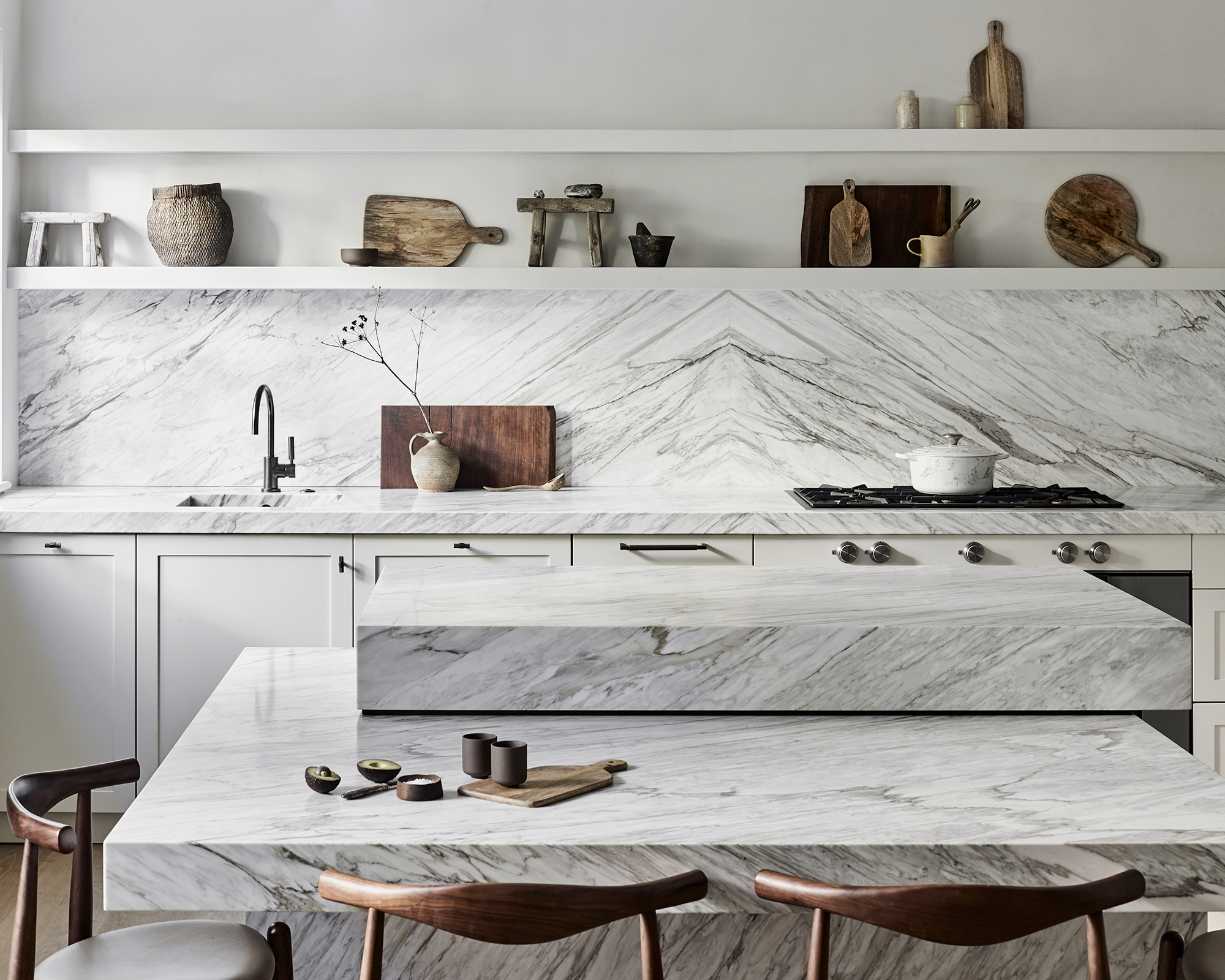
Popular and versatile, transitional kitchens are a design classic. The most popular colors tend to be white and cream, but coming up fast on the outside are the new neutrals. Shades of soft greys, warm stone and pale blues are increasing as people become a little braver with their color choices. Great on their own, these colors also work in conjunction with a bold hit of color, ochre, for an island for instance, or dark graphite on an appliance bank.
One of the best reasons to choose a neutral scheme is that it is easier to live with and usually less likely to feel dated than colors that are bolder. It also works well with most work surfaces and flooring, so it’s easy to update if your tastes change.
When it comes to choosing surfaces, think in tones. If you’ve chosen a darker grey color for cabinetry, you’ll find it will work well when partnered with crisp whites to add definition – paler minks and cashmeres work well with natural stone colors.
Sign up to the Homes & Gardens newsletter
Design expertise in your inbox – from inspiring decorating ideas and beautiful celebrity homes to practical gardening advice and shopping round-ups.

Jennifer is the Digital Editor at Homes & Gardens. Having worked in the interiors industry for several years in both the US and UK, spanning many publications, she now hones her digital prowess on the 'best interiors website' in the world. Multi-skilled, Jennifer has worked in PR and marketing and occasionally dabbles in the social media, commercial, and the e-commerce space. Over the years, she has written about every area of the home, from compiling houses designed by some of the best interior designers in the world to sourcing celebrity homes, reviewing appliances, and even writing a few news stories or two.
-
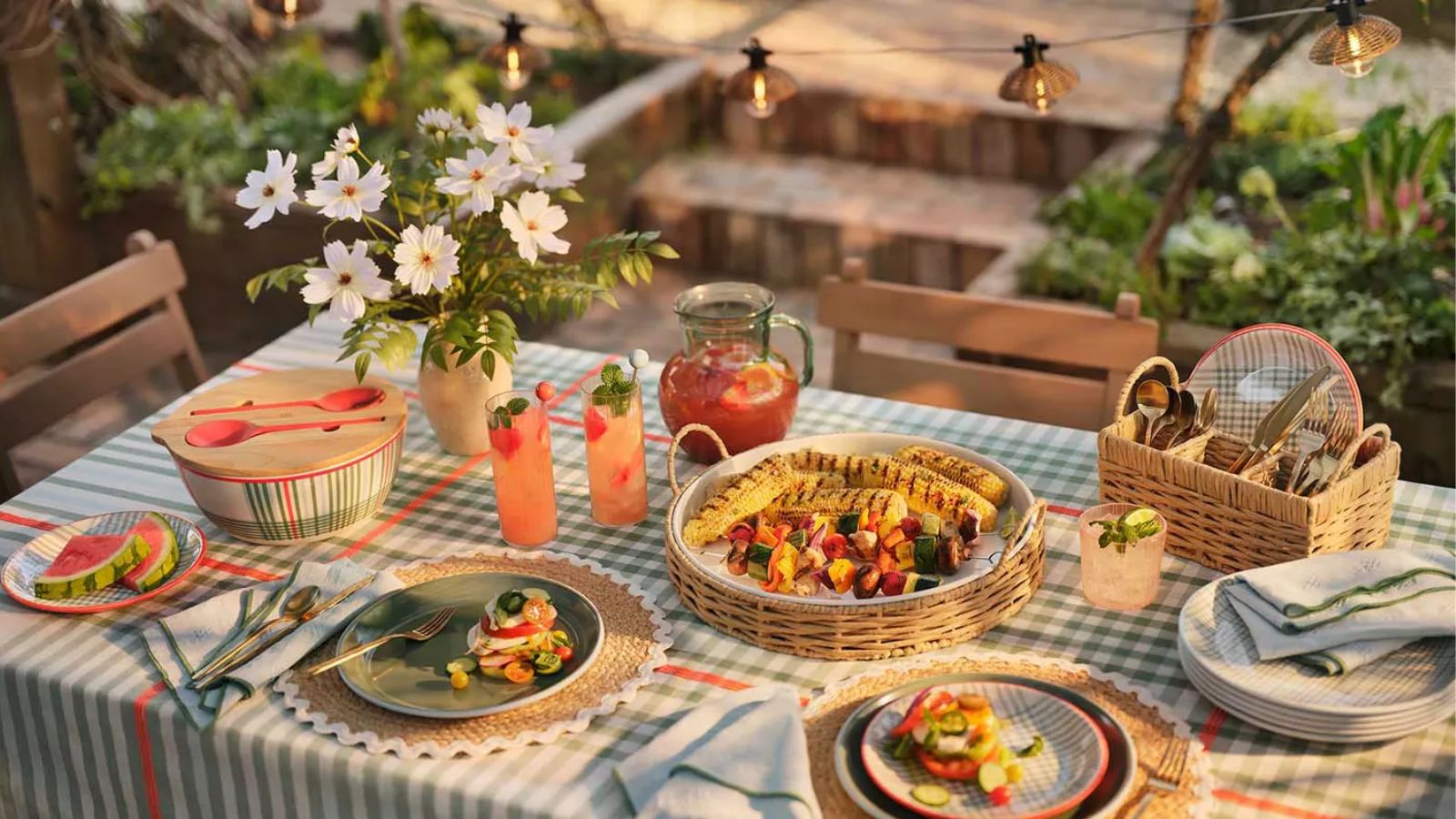 Joanna Gaines’ new Target drop has everything you need for a stylish Easter weekend outdoors – I’m shopping her affordable pieces to prep for summer
Joanna Gaines’ new Target drop has everything you need for a stylish Easter weekend outdoors – I’m shopping her affordable pieces to prep for summerFrom dinnerware to lawn games and outdoor movie night gear, here’s what I’m shopping from Joanna Gaines’ latest Hearth & Hand drop at Target
By Charlotte Olby Published
-
 Do cleaning products expire? Professional cleaners warn time could make them ‘less effective, and in some cases, irritating to use’
Do cleaning products expire? Professional cleaners warn time could make them ‘less effective, and in some cases, irritating to use’For the best results, it pays to stay on top of the timeline of your cleaning products
By Chiana Dickson Published